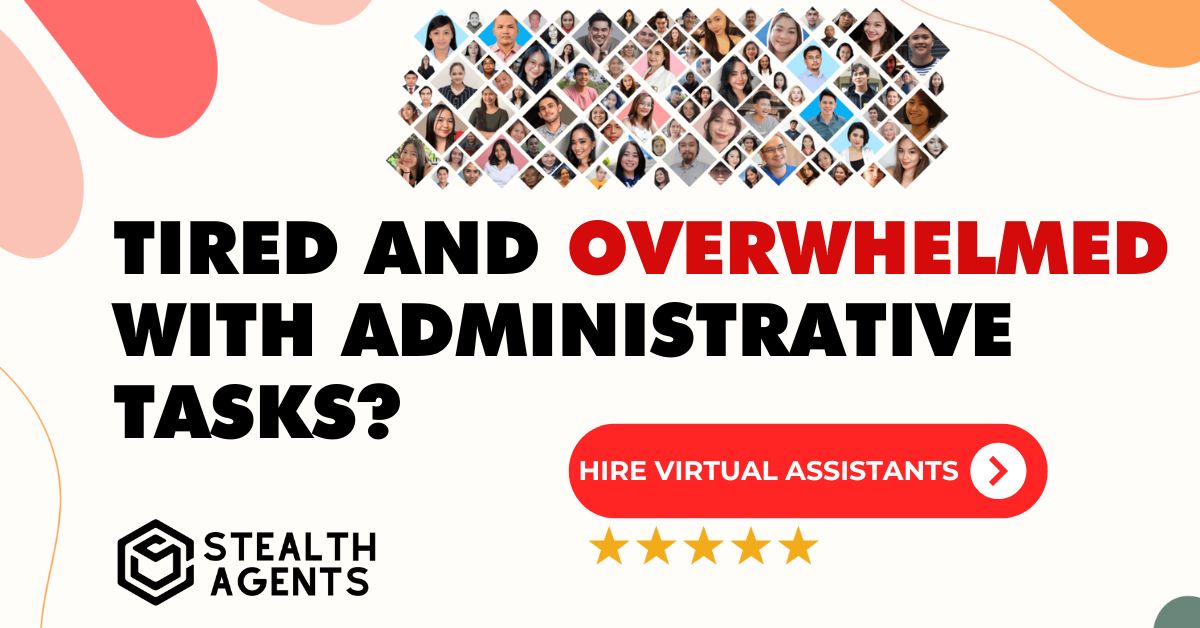25 Employee Benefits in Business Terms
Employee benefits play a crucial role in attracting and retaining top talent. In today’s competitive business landscape, companies are constantly looking for ways to stand out and secure the best employees. One of the most effective ways to do this is by offering attractive employee benefits packages.
These perks not only provide value to employees but also have significant implications for businesses. In this guide, we will explore 25 employee benefits in business terms and how they can impact a company’s success. From health insurance to flexible work arrangements, we’ll cover everything you need to know about leveraging employee benefits for your business.
-
Health Insurance: Coverage that helps employees pay for medical expenses, including doctor visits, hospital stays, and prescription medications.
-
Dental Insurance: Insurance plans that cover dental care expenses, including preventive, diagnostic, and restorative services.
-
Vision Insurance: Coverage for eye care expenses, including eye exams, prescription glasses, and contact lenses.
-
Retirement Plans (401(k), Pension): Savings plans that allow employees to contribute a portion of their salary for retirement, often with employer matching.
-
Life Insurance: Provides financial protection to the employee’s beneficiaries in case of death.
-
Disability Insurance: Offers income replacement in the event an employee is unable to work due to a disability.
-
Flexible Spending Accounts (FSAs): Allows employees to set aside pre-tax dollars for eligible medical or childcare expenses.
-
Health Savings Accounts (HSAs): Tax-advantaged accounts for individuals with high-deductible health plans, allowing them to save for medical expenses.
-
Paid Time Off (PTO): A bank of hours that employees can use for vacation, sick leave, or personal days.
-
Maternity and Paternity Leave: Time off granted to new mothers and fathers to care for a newborn or adopted child.
-
Family and Medical Leave Act (FMLA): Federal legislation that allows eligible employees to take unpaid, job-protected leave for specified family or medical reasons.
-
Educational Assistance: Financial support provided by employers for employees pursuing further education or professional development.
-
Employee Assistance Programs (EAP): Confidential counseling and support services to help employees with personal or work-related challenges.
-
Wellness Programs: Initiatives promoting employee health and well-being, often including fitness incentives, health screenings, and wellness workshops.
-
Telecommuting/Remote Work: Allows employees to work from locations outside the traditional office, often facilitated by technology.
-
Flexible Work Hours: Allows employees to set their work hours within a specified range, providing flexibility in their schedules.
-
Commuter Benefits: Assistance or pre-tax benefits for commuting expenses, such as public transportation or parking.
-
Employee Discounts: Discounts on products or services offered by the employer or through partnerships with other businesses.
-
Stock Options or Equity Grants: Provides employees the opportunity to own a stake in the company through stock options or equity grants.
-
Recognition Programs: Acknowledgment and rewards for outstanding employee performance or contributions.
-
Profit-Sharing: Sharing company profits with employees, often distributed through bonuses or contributions to retirement plans.
-
Tuition Reimbursement: Financial assistance provided by employers to cover tuition costs for employees pursuing further education.
-
Childcare Assistance: Support for employees to cover childcare expenses, which may include on-site childcare facilities or subsidies.
-
Legal Assistance: Providing access to legal services or consultations for personal or work-related matters.
-
Gym Memberships: Subsidies or memberships for fitness centers or gyms to promote employee health and well-being.
Conclusion
In conclusion, employee benefits play a crucial role in the overall success of a business. Not only do they attract and retain top talent, but they also contribute to higher productivity, increased job satisfaction, and reduced turnover rates. By investing in comprehensive and competitive employee benefit packages, businesses can reap significant rewards in terms of their bottom line. Consider these 25 employee benefits as valuable tools for achieving long-term success and growth in your organization. So, it is important to prioritize and continuously review and improve employee benefits as a key part of any business strategy. After all, happy employees make for a successful and thriving business.










